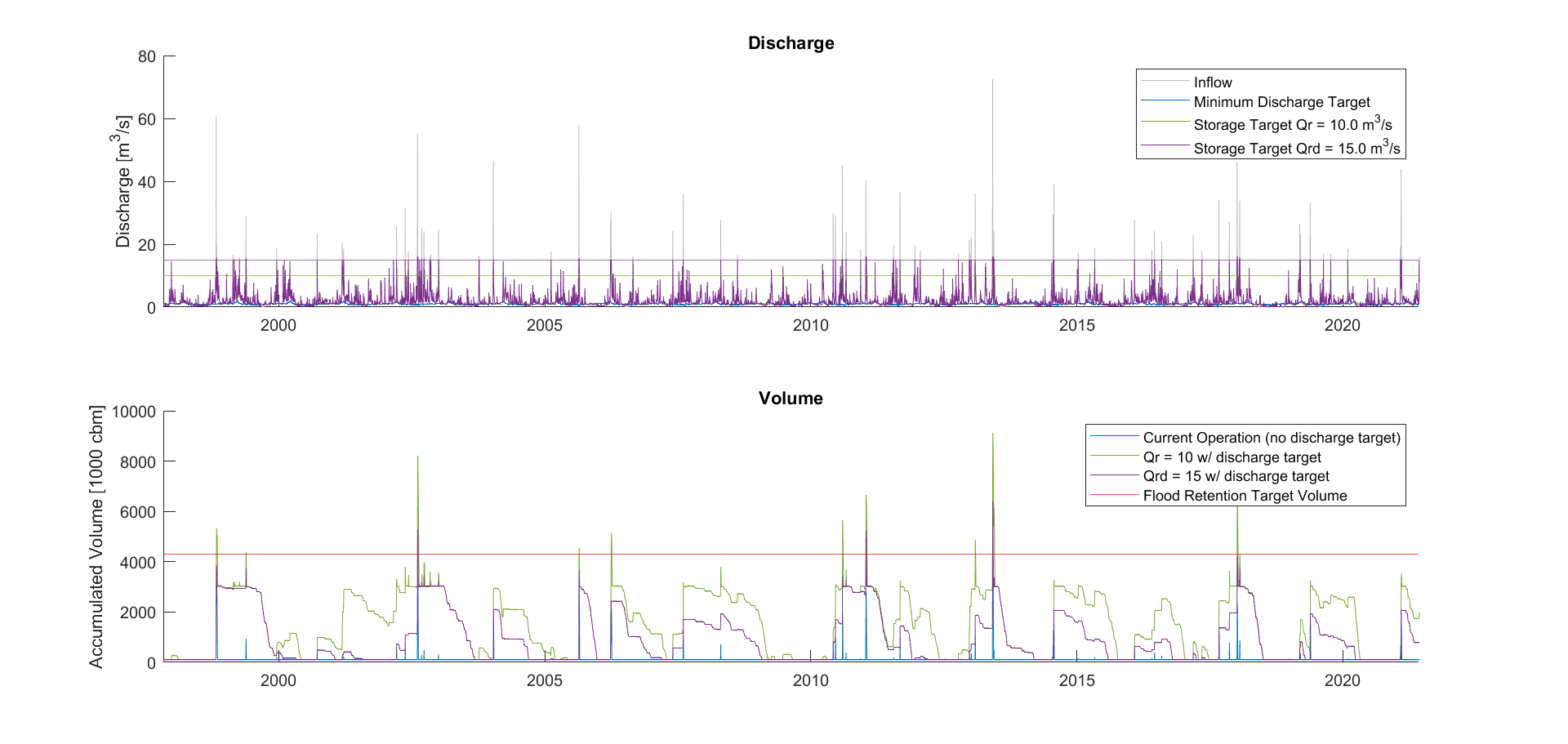Turning flooding risk to drought protection
It is no secret that climate change is also changing our planet’s hydrology: in the future, we can expect more frequent and intense floods and droughts. The extreme drought events in Europe over the last decade have cemented the need for new water management strategies. One such approach comes in the form of a CEDIM project in which the expanded usage of existing flood reservoirs in Baden-Wuerttemberg for water storage is investigated.
Using reservoirs for drought storage is not a new concept, particularly in semiarid and arid regions. These reservoirs are capable of storing substantial amounts of water for other purposes as well, such as hydropower production and recreation. In comparison, the typical reservoir in Baden-Württemberg only holds less than one million cubic meters. However, there is strength in numbers: the total flood retention capacity of the more than 800 reservoirs in Baden-Württemberg could result in an additional 200 million cubic meters of stored water.
Preliminary modelling of representative reservoirs in Baden-Württemberg indicate that currently, usage of flood retention volumes varies: some have been actively used over the last 20 years (retaining floods e.g. once every four months), while others have not seen floods large enough to be used. This indicates that a broad spectrum of potential management opportunities exists, ranging from small adjustments in existing rules to potentially massive changes. For example, an exploration into simple adjustments at a reservoir with 3 million m3 of usable volume for supplementing low flows shows that the reservoir is capable of adding an additional 35 million m3 of water over 20 years during times of potential drought simply by holding on to the water impounded during floods.
Work on incorporating reactions to flood forecasting and rules to prevent potential reservoir spills are, however, still ongoing, as is work to discern whether other reservoirs in Baden-Württemberg will prove nearly as effective. Regardless, the additional water to supplement low flows can help protect riverine ecosystems from drying out during drought events that may become more frequent and more intense in the future.

Associated institute at KIT: Institute of Water and River Basin Management – Hydrology
Author: Sarah Quynh-Giang Ho (Nov. 2023)

